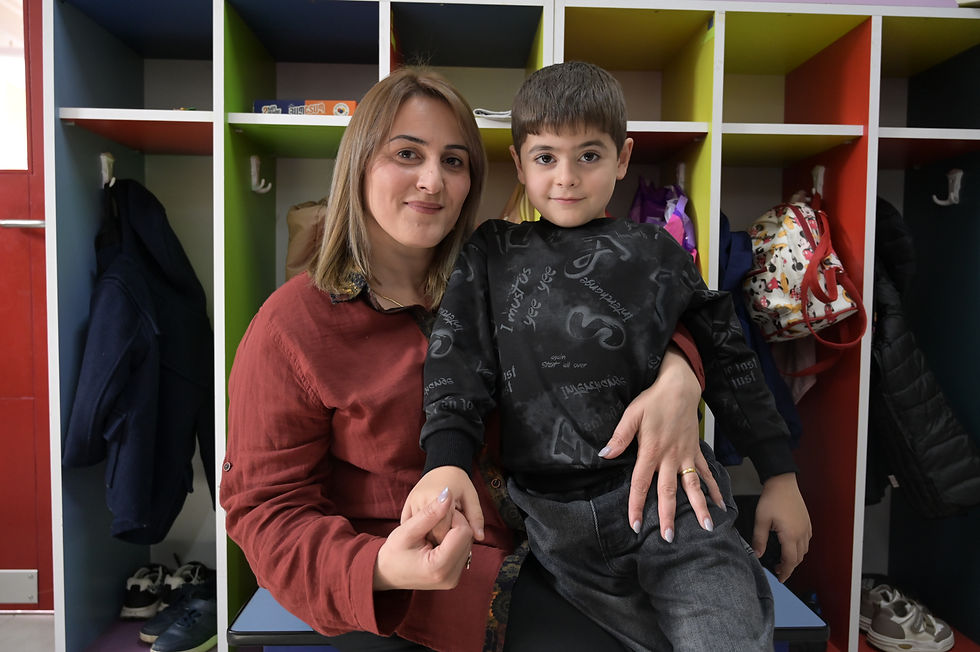The Language of Stone.
- bree541
- Apr 20, 2012
- 1 min read
By Manya Poghosyan
When one walks down Yerevan’s Arami Street, it is impossible not to stand for a minute, admire Varazdat Hambartsumyan’s open-air workshop and become mesmerized by the incessant hammering of this masterful stone carver. Varazdat, or “Master Varo” as he is known, tells passersby that khachkars are the embodiment of Armenia’s uniqueness. A purely Armenian phenomenon, they are the 2,000-year-old prayers of our ancestors, recorded in stone.
Each khachkar has its own character, says Varazdat, whose hand carved works are on display in Europe, the U.S., and throughout Armenia and Karabagh in memory of the victims of the Armenian Genocide and those who have died in war.
“I used to work in clothing and once I tried to model a cross in cloth. Once I did it, I could not leave it anymore,” he said. Such began his rich artistic career. He describes his creative drive in the following way, “I live when, while standing on two legs, I cut, polish and carve stone.”
Not an easy task, but a rewarding one, indeed.
“No one should be forced to carve a cross,” Varazdat said. He does not complain that none of his five children have chosen his profession. Instead of teaching his children, the master has students he works with. “The desire to carve a cross into stone must come from the soul. When your soul is full, you begin the artistic process. And when my soul is at peace, only then is the work complete.”
Manya Poghosyan is one of this year’s Margaret Ajemian Ahnert Journalism Scholars.




Comments